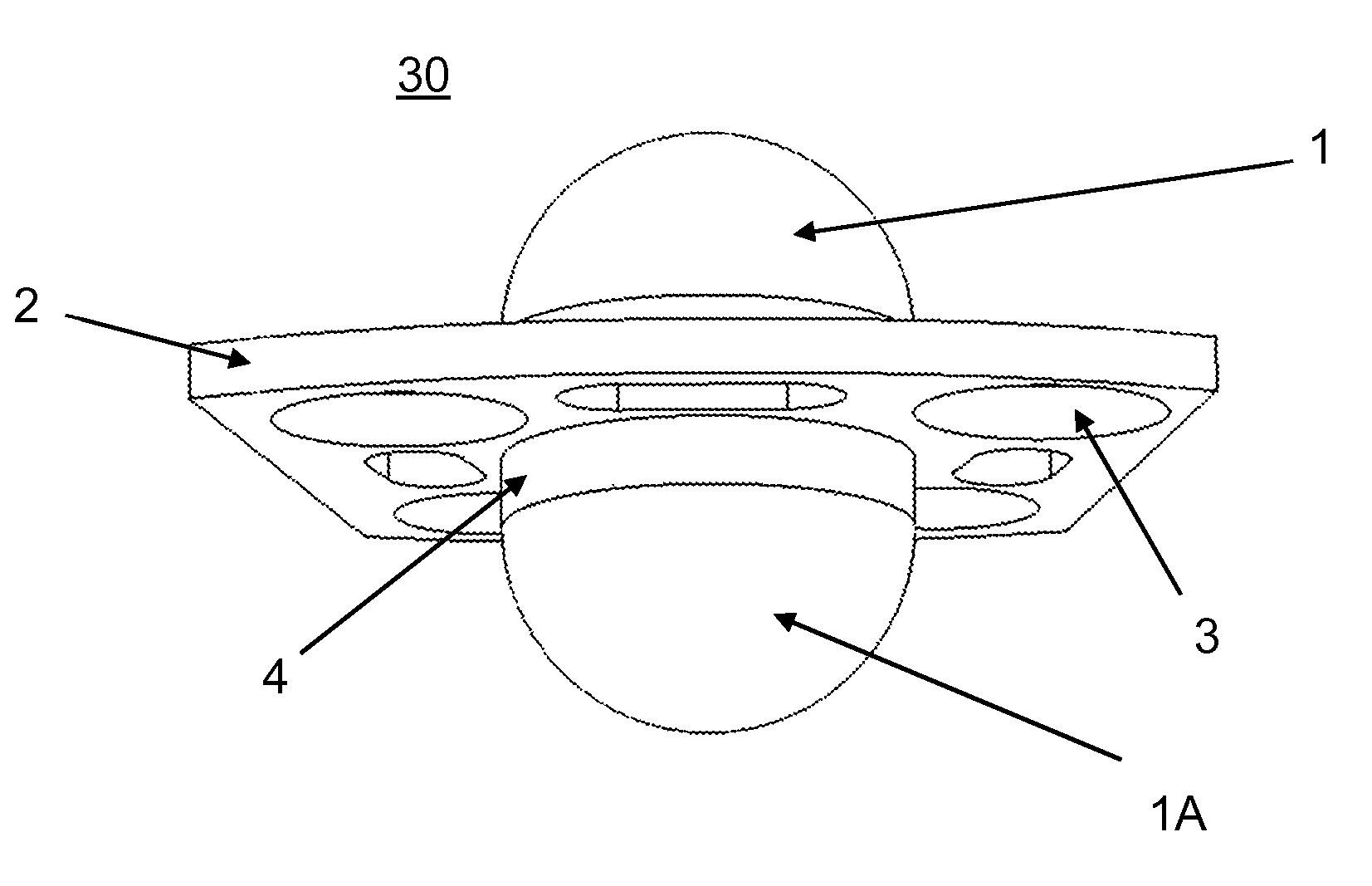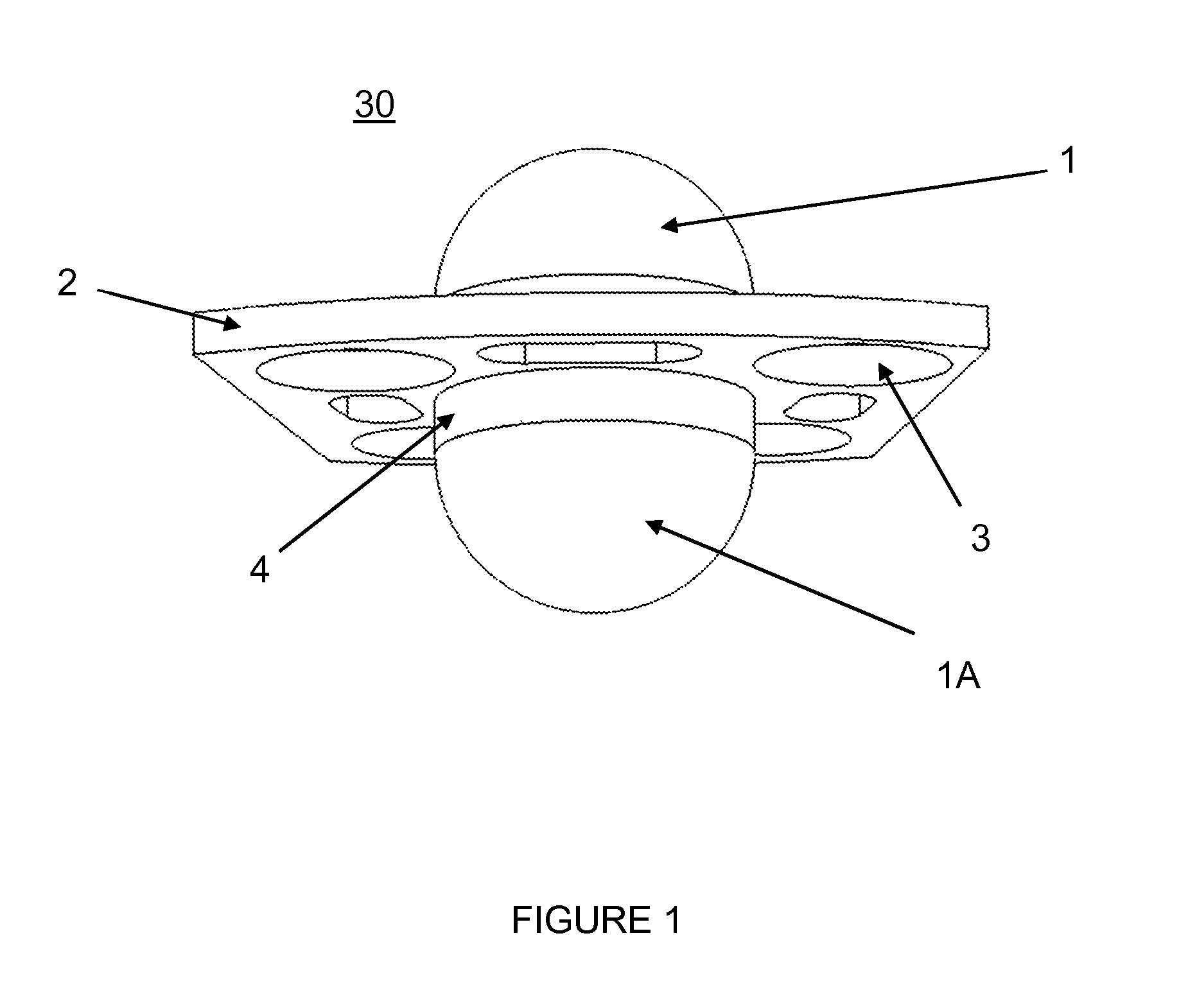Elastomeric artificial joints and intervertebral prosthesis systems
a technology of artificial joints and prostheses, applied in the field of artificial joints and intervertebral prostheses, can solve the problems of severe damage and loss of cartilage within the joints, inability to achieve favorable treatment of spinal fusion, and more susceptible to breakdown, so as to reduce the amount of flexion and extension and lateral bending of the device, prevent or reduce the displacement of the core, and facilitate the effect of sliding
- Summary
- Abstract
- Description
- Claims
- Application Information
AI Technical Summary
Benefits of technology
Problems solved by technology
Method used
Image
Examples
Embodiment Construction
[0066]Degenerative changes in the intervertebral discs of the human spine can cause pain, numbness, tingling, and weakness of the neck, back, arms, and legs. The current standard for treating degenerative disc disease and other spinal disorders is a decompression and fusion. Unfortunately, spinal fusions disrupt the natural bio-mechanics of the spine by eliminating motion at the fusion site and increase the strain on the remaining motion segments of the spine. Similar to joint replacement surgery, artificial prostheses can be implanted into the patient as an alternative to spinal fusion.
[0067]The present invention provides motion-preserving artificial joints and prosthesis systems which can be used as intervertebral prosthetics and prosthetic joints. The artificial joints and prostheses of the present invention comprise a core having a hub, a flange, and a biocompatible elastomer layer surrounding the flange to serve as a shock absorbing material. The artificial joints and prosthesi...
PUM
 Login to View More
Login to View More Abstract
Description
Claims
Application Information
 Login to View More
Login to View More - R&D
- Intellectual Property
- Life Sciences
- Materials
- Tech Scout
- Unparalleled Data Quality
- Higher Quality Content
- 60% Fewer Hallucinations
Browse by: Latest US Patents, China's latest patents, Technical Efficacy Thesaurus, Application Domain, Technology Topic, Popular Technical Reports.
© 2025 PatSnap. All rights reserved.Legal|Privacy policy|Modern Slavery Act Transparency Statement|Sitemap|About US| Contact US: help@patsnap.com



